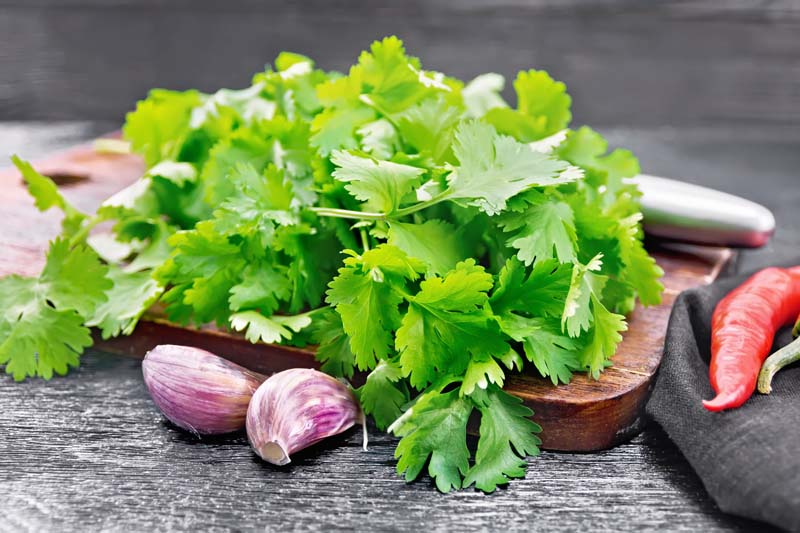Cilantro and culantro are herbs that are pretty common in a wide range of traditional recipes. However, their similar names always create confusion.
Actually, their names are similar but these two herbs are quite different from each other. So, let’s find out what is the difference between cilantro and culantro?
As, both these herbs are not similar, but both are widely popular in several food dishes. In fact, several cuisines and traditional food recipes are incomplete without them.
Interestingly, you can also substitute one for another. As, there is a slight difference between their flavor and final notes. And so, let me explain other prominent differences.
What Is the Difference Between Cilantro and Culantro?
Texture
The first difference is their appearance and texture. The cilantro has small bunched leaves which are clam-like with an edible stalk. However, culantro has lettuce-like large leaves.
Genus
Both belong to the distinct genus. As, cilantro is the herb of the Coriandrum genus, while Eryngium is the genus of culantro.
Read also: Is Feta Cheese Vegetarian?
Flavor

When we talk about smell and taste, culantro has a stronger flavor. It has a more robust smell and flavor that is a great addition to savory recipes. And, in comparison, cilantro is less flavorful.
Culinary Use
Another difference is their use in dishes. Cilantro is usually popular as a garnishing agent and thus used at the end of cooking. Moreover, its seeds are also quite common for garnishing purposes and are part of traditional spices. While culantro is used in recipes while cooking.
Nutrition
Interestingly, both herbs are also different in the term of nutritional value. Both are rich in different nutrients. For instance, cilantro is a good source of vitamins, provitamins, and potassium. However, culantro is a good source of minerals like iron, manganese, and calcium.
Origin
Cilantro is originated from western Asia, North Africa, and Southern Europe. In contrast, culantro was initially native to the tropical continents of America and the West Indies.
Annual or Perennial Plant
Additionally, cilantro is an annual plant, which means it has to be re-planted every time. On the other hand, culantro is a perennial herb but also grows annually in various countries.
Despite these differences, there are also some similarities between them. For instance, both are members of the same family, Apiaceae. Both herbs have a green leafy appearance. Moreover, these are also involved in medicinal uses in ancient times.
So, I hope these two herbs may never confuse you next time.
